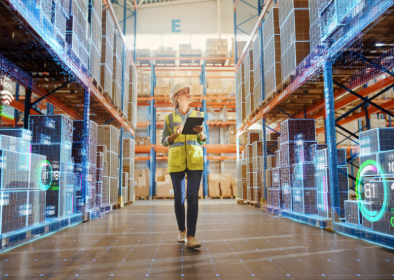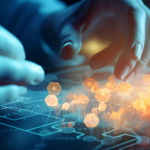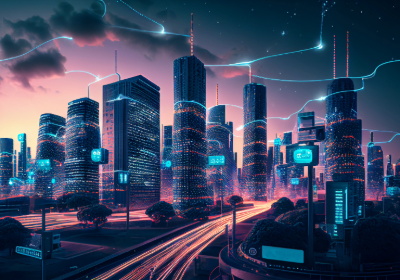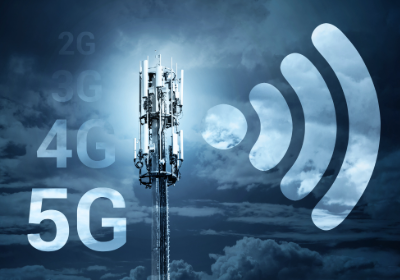Building a Smarter Future: Harnessing AI and IoT for an Interconnected Ecosystem
Introduction: The Power of AI and IoT in Building a Smarter Future
In today’s rapidly evolving technological landscape, the integration of Artificial Intelligence (AI) and the Internet of Things (IoT) has emerged as a powerful force in shaping a smarter future. AI, with its ability to analyze vast amounts of data and make intelligent decisions, and IoT, with its network of interconnected devices, have the potential to revolutionize industries, improve efficiency, and enhance the quality of life for individuals worldwide.
The Role of Artificial Intelligence in Creating an Interconnected Ecosystem
Artificial Intelligence plays a crucial role in creating an interconnected ecosystem by enabling devices to learn, adapt, and make autonomous decisions. AI algorithms can analyze massive amounts of data collected by IoT devices, extracting valuable insights and patterns that can be used to optimize processes, predict outcomes, and improve decision-making.
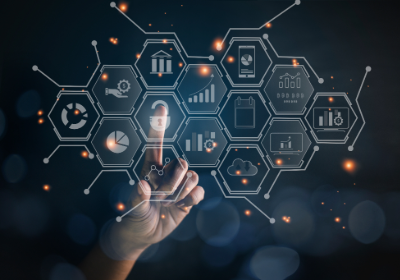
For instance, in the healthcare industry, AI-powered systems can analyze patient data collected through wearable devices and sensors, providing real-time monitoring and early detection of health issues. This interconnected ecosystem allows healthcare professionals to intervene promptly, potentially saving lives and reducing healthcare costs.
Moreover, AI can enhance the efficiency of transportation systems by analyzing traffic patterns, weather conditions, and individual driving behaviors. By integrating AI with IoT devices such as smart traffic lights and connected vehicles, traffic flow can be optimized, reducing congestion and improving overall transportation efficiency.
Leveraging the Internet of Things for Seamless Connectivity and Efficiency
The Internet of Things, with its network of interconnected devices, enables seamless connectivity and efficiency across various sectors. IoT devices, ranging from smart home appliances to industrial sensors, collect and transmit data, creating a vast network of interconnected devices that can communicate and collaborate.
For example, in agriculture, IoT sensors can monitor soil moisture levels, temperature, and humidity, allowing farmers to optimize irrigation and fertilization processes. This not only improves crop yields but also reduces water and fertilizer waste, contributing to sustainable farming practices.
In the retail industry, IoT-enabled smart shelves can monitor inventory levels in real-time, automatically triggering reordering when stock is low. This ensures that products are always available, reducing out-of-stock situations and improving customer satisfaction.
Building a Sustainable and Secure Future: Challenges and Opportunities in Harnessing AI and IoT
While the integration of AI and IoT offers immense opportunities, it also presents challenges that need to be addressed to build a sustainable and secure future. One of the major challenges is ensuring data privacy and security. With the proliferation of interconnected devices, the amount of data being collected and transmitted increases exponentially, making it crucial to implement robust security measures to protect sensitive information.
Additionally, the ethical implications of AI and IoT must be carefully considered. As AI systems become more autonomous, questions arise regarding accountability and decision-making. It is essential to establish ethical guidelines and regulations to ensure that AI and IoT technologies are used responsibly and in the best interest of society.
Furthermore, the digital divide poses a challenge in harnessing the full potential of AI and IoT. Access to these technologies should be equitable to avoid exacerbating existing inequalities. Governments and organizations must work together to bridge the gap and provide equal opportunities for all individuals to benefit from the interconnected ecosystem.
In conclusion, the integration of AI and IoT holds tremendous potential in building a smarter future. By leveraging AI’s analytical capabilities and IoT’s interconnectedness, industries can optimize processes, improve efficiency, and enhance the quality of life for individuals worldwide. However, it is crucial to address challenges such as data privacy, ethics, and the digital divide to ensure a sustainable and secure future. With careful planning and collaboration, AI and IoT can pave the way for an interconnected ecosystem that benefits society as a whole.

